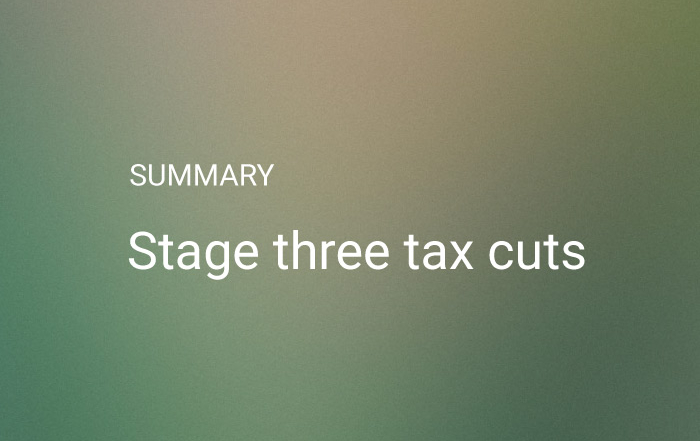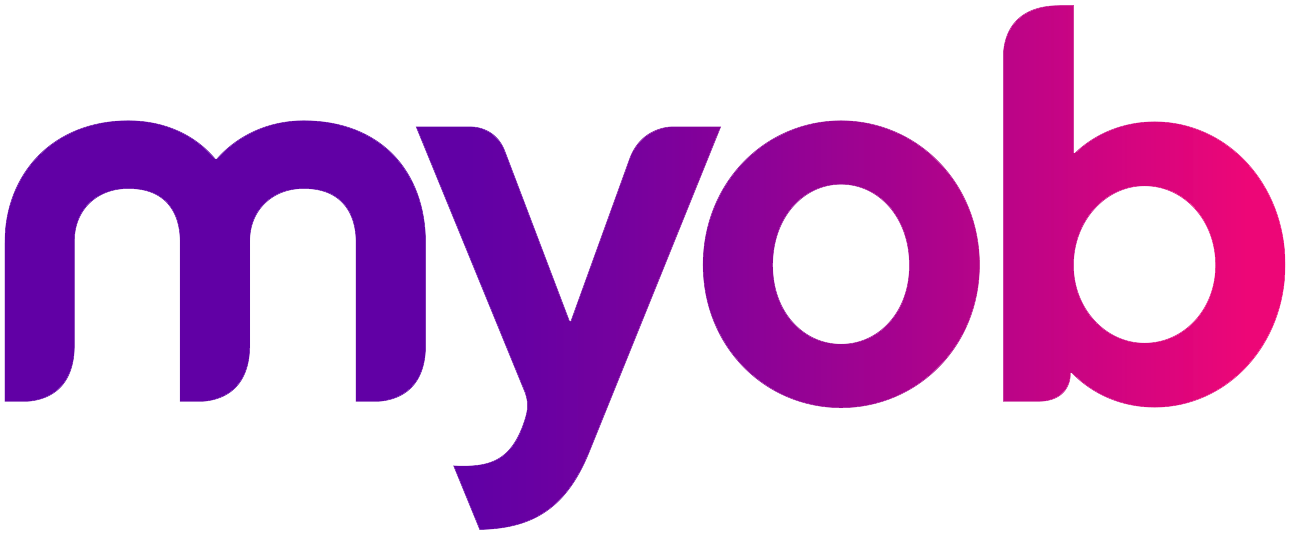
DFK Gooding Partners
March 1, 2023
What is the change?
The ATO has supplied final guidance for the revisions to the fixed-rate approach to claiming deductions for expenses incurred while working from home, backdated as coming into effect from 1 July 2022. PCG 2023/1 is now available here. You can also find the media release from the ATO here and its updated website guidance here.
Prior to 1 July 2022
To calculate a deduction for expenses incurred as a result of working from home, the taxpayer had the choice of using one of the following methods:
- Shortcut method – 80 cents p/hr for each hour worked from home (from 1 March 2020 to 30 June 2022).
- Fixed-rate method – 52 cents p/hr for each hour a taxpayer worked from home (from 1 July 1998 to 30 June 2022).
- Actual cost method – calculating your actual expenses incurred as a result of working from home.
From 1 July onwards
From 1 July 2022 the taxpayer can only:
- Use the revised fixed rate method at 67 cents p/hr to calculate the deduction, or
- Claim actual expenses
Revised fixed rate method
The new guidance PCG 2023/1 permits taxpayers to assert a rate of 67 cents per hour for certain expenses that are arduous to allocate, such as electricity and internet expenditures. However, although the hourly rate has gone up from 52 cents p/hr, the expenses covered under this rate have been modified, and there are now additional obligations for maintaining records.
Deductions for changes in value to work-related depreciating assets must be calculated separately. Also, the requirement to have a dedicated home office has been removed.
Who is eligible?
Taxpayers can calculate their deductions under the revised fixed-rate method, providing they are:
Criteria 1 — Working from home
The taxpayer must be working from home and performing employment duties or conducting their business on or after 1 July 2022. The work performed must be significant and closely tied to the generation of income.
Criteria 2 — Incurring deductible additional running expenses
The taxpayer must have incurred supplementary running expenses as a result of working from home, which are itemised in PCG 2023/1:
| Additional running expense | Covered by the 67cph from 1 July 2022 | Covered by the 52cph until 30 June 2022 |
|---|---|---|
| Electricity and gas expenses (for lighting, heating, cooling and electronic items used) | Yes | Yes |
| Internet expenses | Yes | No |
| Mobile and home phone expenses | Yes | No |
| Stationery and computer consumables | Yes | No |
| Cleaning the home office | No | Yes |
| Decline in value of home office furniture and furnishings | No | Yes |
| Decline in value of other depreciating assets (e.g. computer, laptop or similar devices) | No | No |
Criteria 3 — Keeping and retaining relevant records
Taxpayers must maintain the following records for the income year:
- The total number of hours spent working from home
- Documentation such as invoices, bills, or credit card statements for each of the listed running expenses incurred during the income year
- Additionally, if claiming a separate deduction for the decline in value of depreciating assets used while working from home, relevant records must be kept
How it works – claiming a possible tax return
From 1 March 2023, taxpayers must keep an ongoing diary for each day of the year they work from home from March onwards – estimates based on representative diaries are not suitable.
There is transitional record keeping requirement for substantiating the number of hours worked, which applies to the period from 1 July 2022 to 28 February 2023. A record which is representative of the total number of hours worked from home is acceptable.
To calculate possible work from home deduction under the revised fixed rate method:
- Calculate the number of hours worked from home during the income year based on Your taxpayer records
- Multiply the total number of hours worked from home during the income year by 67 cents per hour
- Calculate the work-related decline in value of any depreciating assets that are used to work from home during the income year and any other running expenses the taxpayer incurred which are not covered by the rate per hour
- Add the amounts calculated at Steps 2 and 3 — this is the amount the taxpayer claims as a deduction in their income tax return.
It’s important to note that the 67 cents per work hour rate encompasses the total deductible expenses for the above additional running expenses (detailed under heading Criteria 2). Therefore, if a taxpayer uses this method, they cannot claim any separate additional deduction for these expenses.
See ATO guidance here for more information on how to claim expenses the fixed rate doesn’t include.
DFK Gooding Partners comment
If you elect to use the revised fixed rate method to work out your working from home deductions for the 2022/2023 financial year:
- It is important to note that the new record keeping requirements start on 1 March 2023. Ensure you are on top of your record keeping.
- Ensure the records you kept for the period pre-1 March 2023 comply with the previous record keeping requirements or the transitional requirements (for the period from 1 July 2022 to 28 February 2023).
- Ensure your record keeping for expenses and bills is well organised to meet the new record keeping requirements and you can justify all your deductions.
- Keep an ongoing diary for each day of the year you work from home from 1 March. A four-week diary representative of the year isn’t going to be sufficient, nor will be back of the envelope calculations.
Do you need assistance with the new working from home deductions?
info@dfkgpca.com.au / (08) 9327 1777









